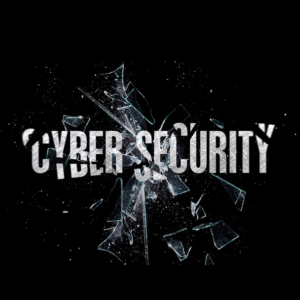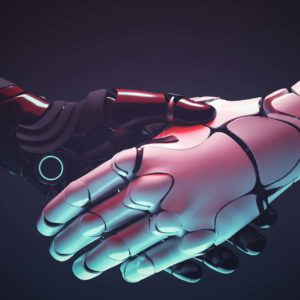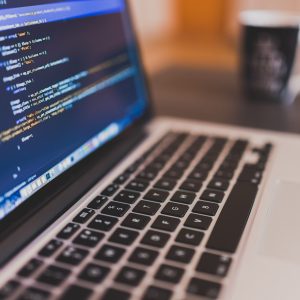The hardware in a computer system is like the engine of a car. The software is like the driver. Just like a car cannot be run without the engine and a driver a computer needs perfectly functioning hardware components to be working properly.The first time you open a computer case, it can be quite daunting looking at all of the components, wires, etc.
As a computer technician, it is essential to immediately identify all (or most) of the components in different computer systems. Not all computers are the same as there are many different layouts and components used.
COURSE STRUCTURE
There are nine lessons in total, as outlined below:
- The computer workshop.
Tools (A basic tool kit, More advanced requirements), Soldering, Workshop layout, workshop management, Customer relations, etc. - Computer and workshop safety.
Understanding electricity, Workshop safety procedures, Staff safety, Avoiding computer damage, Circuits, Measuring electricity -current, voltage, resistance, ohm’s law, etc. - Hardware components.
Identifying different hardware components (eg. CPU, ZIF socket, Motherboard, I/O card, Parallel and Serial ports, IDE drive, CMOS, etc). - Different Systems & Basic Disassembly.
Identifying and removing specific parts from a computer, distinguishing between different types of PC, disassembly procedure. - Peripherals.
How to assemble peripherals (eg. mouse, printer, modem) for a computer system - System Assembly.
Procedure for assembly/installation of main components. - Installation of software.
Installing different software programs in computers, in accordance with manuals. - Computer Maintenance: An Introduction
Preventative and routine maintenance procedures. - Troubleshooting: An Introduction
Determining an error, hard disk problems, viruses, motherboard battery, bugs, othercommon errors and their remedies, when to call a specialist.
COURSE AIMS
- To establish a computer repair workshop
- Develop safety guidelines for the use of computer equipment, both for the technician in the workshop and for the operator/client.
- Identify different hardware components of a computer system
- Identify and remove specific parts from a computer; and to distinguish between different types of personal computers
- Assemble peripherals for a computer system
- Assemble a computer system. Install different software programs into computer systems, in accordance with manuals.
- Recommend significant maintenance requirements for a Personal Computer.
- Determine the cause of common problems which occur with computer systems.
 Why choose this course?
Why choose this course?
Computer technicians are in high demand. With an increasing number of computers used in both the home and workplace, there is a significant and ever growing demand for people to install, maintain and repair both hardware and software. While many computer courses teach programming, surprisingly few provide the type of training needed to be a competent and effective computer technician.





